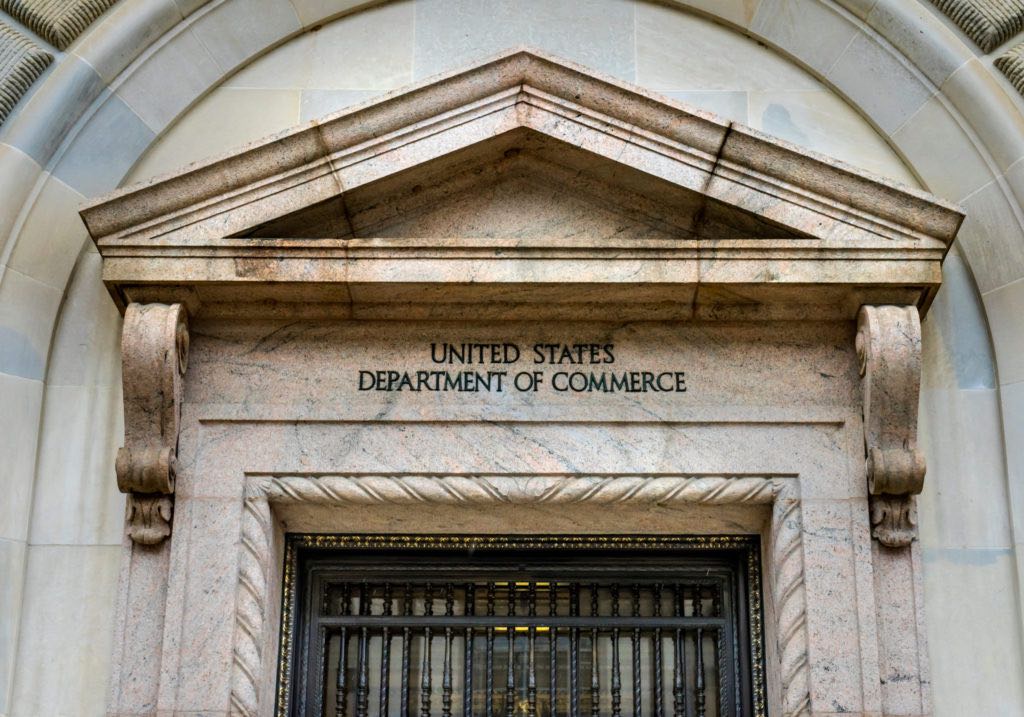
Remarks by Deputy Secretary of Commerce Don Graves at the Russian Military Industry Complex Roundtable
Oct 14, 2022
Remarks by Deputy Secretary of Commerce Don Graves at the Russian Military Industry Complex Roundtable
[email protected]
Fri, 10/14/2022 – 10:59
ICT Supply Chain
Manufacturing
FOR IMMEDIATE RELEASE
Friday, October 14, 2022
Office of Public Affairs
Don Graves
Thank you, Deputy Secretary Adeyemo, for bringing us together today. And thank you to all in the room who have joined the effort.
When Russia launched its unconscionable war against the Ukrainian people, the Commerce Department had to rewrite the playbook of economic statecraft.
The United States needed to degrade Russia’s military capability, and quickly, without boots on the ground.
Export controls were a primary part of the solution.
Export controls have been a tool of national security and foreign policy for generations, but the department deployed them with greater speed, precision, impact, and multilateral coordination than ever before.
The significance of our actions is hard to exaggerate.
Almost eight months into what was expected to be a quick strike campaign, Russia’s ability to resupply is deeply in question.
What did Commerce do, and how did we do it?
We started by working hard to recalibrate, revitalize, and reinforce our international partnerships to provide a unified international response.
In record time, we worked with many of you here to build a coalition of 38 like-minded partners from North America to Europe and the Indo-Pacific, all of whom agree that Russia’s actions represent a global security threat that cannot go unanswered.
Working with our allies and partners, we focused on adding new export controls on items that would have the greatest impact on Russia’s military and defense industrial base.
This included restrictions on items controlled by the four multilateral export control regimes, less-sensitive dual-use items with military applications, and items that could assist Russia’s manufacturing and production capabilities.
Also, to be sure that U.S. technology, software, and tools were not used to produce non-U.S. items that could support Russia’s military capabilities, we extended our foreign direct product rule to impose restrictions on many of those non-U.S. items for Russia, Belarus, and military end users in those countries.
In addition to targeting certain types of items and technologies, we also targeted specific Russian and Belarusian military end users by adding them to our Entity List.
As a result of our efforts, along with those of our allies and partners, we have seen significant impacts based on public reporting.
Since the imposition of our controls, Russia’s semiconductor imports, the lifeblood of Russia’s weaponry, have dropped by nearly 70 percent compared to the same time period last year.
Russian hypersonic ballistic missile production has nearly ceased due to the lack of necessary semiconductors used in the manufacturing process.
The production of cars fell by three-quarters compared to last year, indicating that critical advanced microchips for civilian vehicles are being redirected for military use.
The Russian military is taking chips from dishwashers and refrigerators to fix their military hardware, because they have run out of semiconductors. Russia’s industry is on life-support.
Russia’s military aviation program no longer benefits from the revenue and resupply provided by aviation trade. Russian media reports that production of its next-generation airborne early warning and control aircraft has stalled due to lack of foreign components, including semiconductors.
Mechanical plants, including those producing surface-to-air missiles have been shut down.
Russia has begun using Soviet-era defense stocks as its own companies are targeted by our controls.
Finally, Russia has had to approach North Korea for artillery shells and rockets.
We will continue to work with all of you to analyze the effectiveness of our controls and continue to take action to further our support for the people of Ukraine.
Thank you, again, for the opportunity to participate today. I’m looking forward to our discussion.
Bureaus and Offices
Bureau of Industry and Security
International Trade Administration
Leadership
Don Graves
Tags
National security
Export Controls
Read the full report from the U.S. Department of Commerce: Read More



